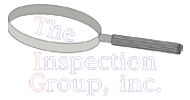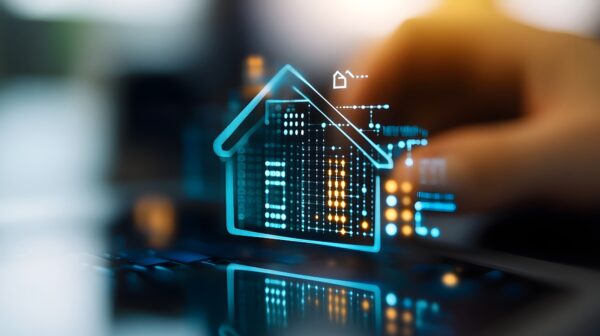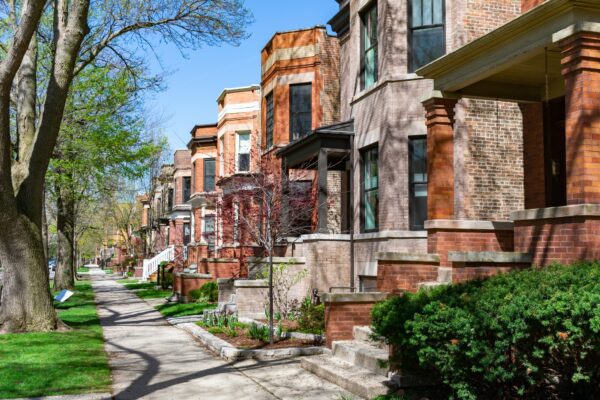Smart building technology is no longer just a trend—it’s becoming the new standard in multifamily and affordable housing. From automated HVAC systems and energy-efficient lighting to real-time monitoring for leaks and electrical faults, technology is transforming how properties operate and how managers maintain compliance. For owners of HUD-assisted properties, this digital shift presents both an opportunity and an advantage.
As the U.S. Department of Housing and Urban Development (HUD) continues to modernize its inspection standards through NSPIRE (National Standards for the Physical Inspection of Real Estate), smart building tools are helping property managers stay ahead. These systems allow for proactive maintenance, faster issue detection, and improved documentation—key factors in meeting federal safety and performance requirements.
In this article, we’ll explore how integrating smart building technologies not only boosts efficiency but also strengthens HUD property compliance—reducing inspection failures, enhancing tenant safety, and simplifying the overall management process.
Integrating Smart Technology into NSPIRE Standards
NSPIRE focuses sharply on resident-centered inspections, emphasizing safety, functionality, and real-time livability. That means common deficiencies such as faulty smoke alarms or blocked egress routes are more scrutinized than ever. With smart building technology HUD compliance tools—like Internet of Things (IoT) sensors, centralized dashboards, and automated alerts—property teams can identify and address problems faster.
Take smart smoke detectors, for example. Devices that self-test daily, detect both smoke and heat, and transmit status updates help prevent repeat violations. A malfunctioning smoke alarm is no longer just a tenant complaint—it becomes a trackable issue that alert maintenance teams instantly, reducing inspection penalties and safeguarding residents. In cities such as Baltimore and Chicago, HUD properties using building-wide smart systems have reported sharper inspection scores and fewer critical failure points.
Top 5 Ways Smart Systems Strengthen HUD and HCV Compliance
Deploying smart systems enhances performance under both NSPIRE and Housing Choice Voucher (HCV) programs by preventing deficiencies before they escalate. Consider these key advantages:
- Real-Time Monitoring: Sensors continuously track temperature, humidity, leaks, and carbon monoxide to support NSPIRE-aligned HVAC, plumbing, and environmental requirements.
- Automated Work Orders: Sensors detecting anomalies like water leaks or furnace issues can trigger instant maintenance requests, preventing extensive damage and inspection penalties.
- Remote Equipment Diagnostics: Smart thermostats and connected appliances let staff troubleshoot issues before tenant reports, improving speed and accountability.
- Streamlined Inspection Prep: Digital inspection logs and maintenance records allow teams to prepare for HUD or HQS reviews confidently and quickly.
- Resident Access and Alerts: Tenant-facing apps tied to smart systems enable quick issue reports, improving transparency and response times.
Together, these features mitigate common compliance risks and support efficient, cost-effective property management strategies across HUD housing portfolios.
Preventing NSPIRE Deficiencies with Smart Building Solutions
NSPIRE inspections prioritize life-threatening and high-severity issues. Smart building systems address these directly by flagging risks early through automated alerts and continuous diagnostics. Here’s how:
Leak Detection and Water Management: Water damage and mold are key NSPIRE violations. Smart sensors installed near boilers, pipes, or sinks detect even minor leaks. In Cleveland, Ohio, a housing authority reduced major plumbing violations by over 35% after installing sensor networks in 1,200+ units.
Smart Access & Surveillance: Secure entry systems, digital locks, and camera integrations ensure that egress points function properly. These tools not only improve compliance but also deter vandalism and provide access records during incident reviews—a clear NSPIRE focus.
Smoke and CO Monitoring: HUD now requires carbon monoxide detectors near combustion appliances. Connected CO/smoke alarms that report daily operational status reduce liability, improve safety, and simplify documentation during inspections.
Boosting Section 8 Voucher Program Success with Smart Tools
For Housing Choice Voucher (HCV) units, landlords must meet Housing Quality Standards (HQS) during initial and recurring inspections. Smart building technology directly supports these efforts. Real-time performance tracking across HVAC, plumbing, and air quality components ensures year-round stability, not just temporary compliance during inspections.
In complex urban environments like Los Angeles or New York City, property managers rely heavily on data to maintain broad compliance. Smart systems automate this process. Centralized dashboards track tenant communications, document recurring HQS failures, and flag inspection-ready conditions. This leads to improved voucher utilization, fewer inspection delays, and better outcomes for tenants and landlords alike.
Adopting Scalable Smart Technology for HUD Compliance
Concerns about upfront costs, training, and integration often slow technology adoption. However, affordable and scalable options are available for organizations of all sizes. Smart building technology HUD compliance packages—covering leak detection, climate control, or digital locks—can cost just a few hundred dollars per unit while delivering long-term savings.
Maximize success with these implementation tips:
- Review prior inspection reports to pinpoint common failure types.
- Start with a pilot rollout in buildings with repeat deficiencies.
- Select tech tools that integrate with your existing maintenance platforms.
- Train maintenance staff to act on sensor alerts and system notifications.
- Track performance metrics to support data-driven expansion across your portfolio.
With HUD increasingly focusing on housing resilience and modernization, early adopters of smart systems may gain stronger positioning for future funding and public-private initiatives.
Next Steps: Modernizing Your HUD Compliance Strategy
Smart building technology HUD compliance strategies enable property managers, landlords, and housing providers to stay ahead of evolving federal standards. From reducing NSPIRE failures to supporting Section 8 oversight, these tools offer a modern, scalable approach to maintaining safe, decent, and well-operated housing.
If you’re ready to explore smart compliance tools that align with HUD inspection priorities, contact The Inspection Group. Our experts offer nationwide training, inspection services, and consulting tailored to your specific needs. Together, we can modernize your property operations and make your HUD compliance smarter, stronger, and more resilient.





